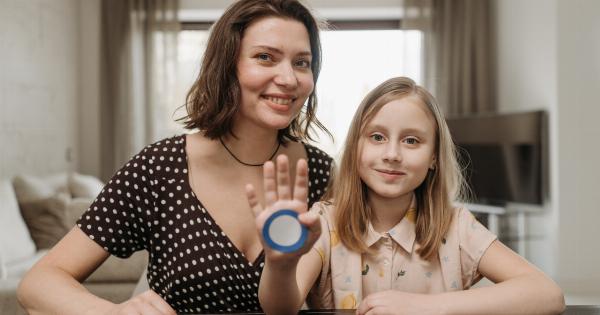The human skin is the largest and most complex organ in the body. It acts as a barrier between the external environment and internal organs, protects the body from injury and trauma, and helps regulate body temperature.
Skin damage from burns, injuries, or illnesses can cause severe pain and disability, and it can be life-threatening if not treated effectively.
For many years, scientists and medical professionals have been searching for ways to create artificial skin that can replace damaged or diseased skin and provide a safe and effective treatment option for patients in need.
Recent advances in 3D printing technology and biomaterials have made this goal a reality.
The breakthrough in 3D skin printing
A team of researchers from the Universidad Carlos III de Madrid and the Hospital General Universitario Gregorio Marañón in Spain has developed a new technique to create 3D-printed skin for medical use.
The scientists used a bioprinter to create a skin-like material that can be used for grafts, transplants, and wound healing.
The 3D-printed skin is made from human plasma, which contains the natural components of blood, such as proteins and growth factors that promote tissue regeneration.
The scientists used the plasma to create a gelatinous substance that could be 3D printed into a skin-like material with a thickness of up to 0.5 millimeters.
The researchers also added a layer of collagen, a protein that gives skin its strength and flexibility, to the 3D-printed skin. The collagen layer helps the skin integrate with the patient’s existing skin and promotes healing.
The advantages of 3D-printed skin
The development of 3D-printed skin has several advantages over traditional skin grafts and transplants.
First, traditional skin grafts and transplants require the removal of healthy skin from the patient’s body, which can cause additional pain, scarring, and infection. 3D-printed skin, on the other hand, can be created using a small sample of the patient’s own skin, which reduces the risk of complications and improves the patient’s recovery time.
Second, 3D-printed skin can be customized to fit the patient’s specific needs. The thickness, texture, and color of the skin can be adjusted to match the patient’s existing skin and improve the overall appearance of the treatment area.
Finally, 3D-printed skin has a longer shelf life than traditional skin grafts and transplants, which are often time-sensitive and must be used immediately.
3D-printed skin can be stored for several weeks or even months, allowing medical professionals to plan surgeries and treatments more effectively.
Potential uses for 3D-printed skin
3D-printed skin has a wide range of potential uses in the medical field. It can be used to treat burn victims, patients with chronic wounds, and those who have undergone plastic surgery.
The skin can also be used for cosmetic purposes, such as skin rejuvenation and wrinkle reduction.
One of the most exciting applications of 3D-printed skin is in the field of regenerative medicine.
Regenerative medicine is a branch of medicine that involves replacing or regenerating damaged tissues and organs using stem cells, growth factors, and other biological materials. 3D-printed skin can be combined with stem cells and other biological materials to create more complex tissues, such as liver and kidney tissues.
The future of 3D skin printing
The development of 3D-printed skin is a significant step forward in the field of regenerative medicine and has the potential to revolutionize the way skin damage is treated.
As the technology continues to advance, it is likely that 3D-printed skin will become more widely used and affordable.
Researchers are already exploring ways to improve the durability, reliability, and safety of 3D-printed skin.
They are also investigating new biomaterials that can be used to create 3D-printed skin with enhanced properties, such as increased elasticity and improved adhesion.
Conclusion
3D-printed skin is a groundbreaking technology that has the potential to transform the way skin damage is treated. It offers several advantages over traditional skin grafts and transplants and can be used for a wide range of medical applications.
With ongoing research and development, it is likely that 3D-printed skin will become a common and widely used treatment option for patients in need.






























